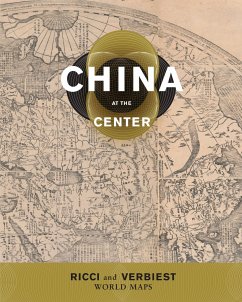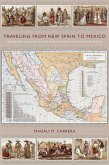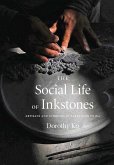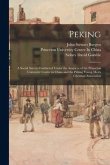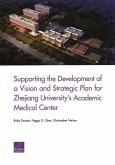"Global exploration in the sixteenth and seventeenth centuries led to new interactions between Europe and Asia. Jesuit priests were instrumental in spreading knowledge of the world to China and information about China to Europe. China at the Center focuses on two masterpieces of seventeenth-century map-making that illustrate this exchange of information (and misinformation). The first map is the Kunyu wanguo quantu, or Map of the Ten Thousand Countries of the Earth, also known as the 1602 Ricci map, after Matteo Ricci, the Jesuit priest who helped create it. The second is the 1674 Verbiest world map, which was also made by a Jesuit priest, Ferdinand Verbiest, for the Chinese court. These two maps are among the earliest, rarest, and largest woodblock-printed maps to survive from the period. They will be examined through the lens of the development of cartography in China and through the biographies of the fascinating men who were instrumental in their production. Maps are political objects, and the inclusion of elaborate and extensive notations on both these maps illustrate the fascinating relationships between the Jesuits and the Chinese courts. These maps represent the meeting of two worldviews, and the information they contain provided Europeans with greater knowledge of China and the Chinese with new ideas about geography, astronomy, and the natural sciences. This book accompanies the exhibition China at the Center, at the Asian Art Museum March 4-May 8, 2016, which brings together the 1602 Ricci map from the James Ford Bell Trust in Minneapolis and the 1674 Verbiest map from the Library of Congress in Washington D.C"--

